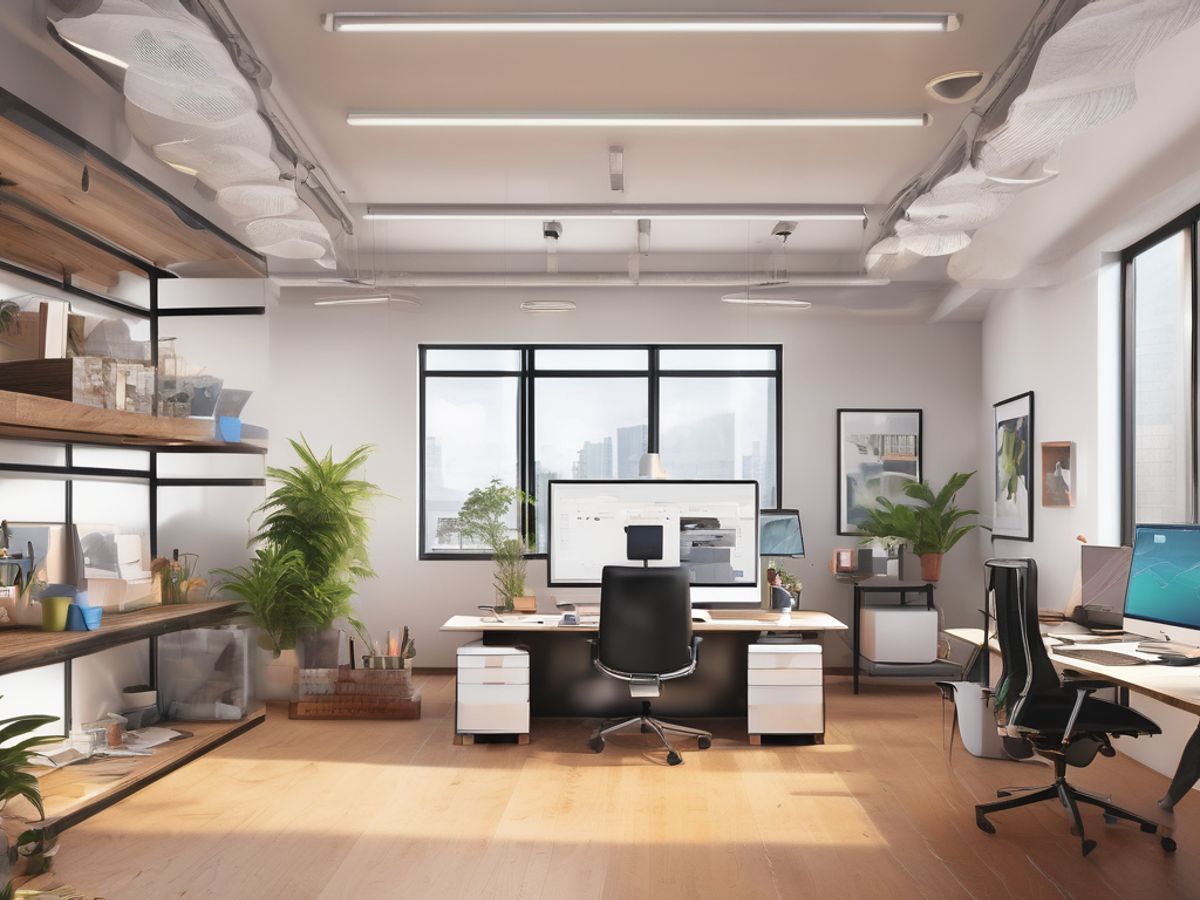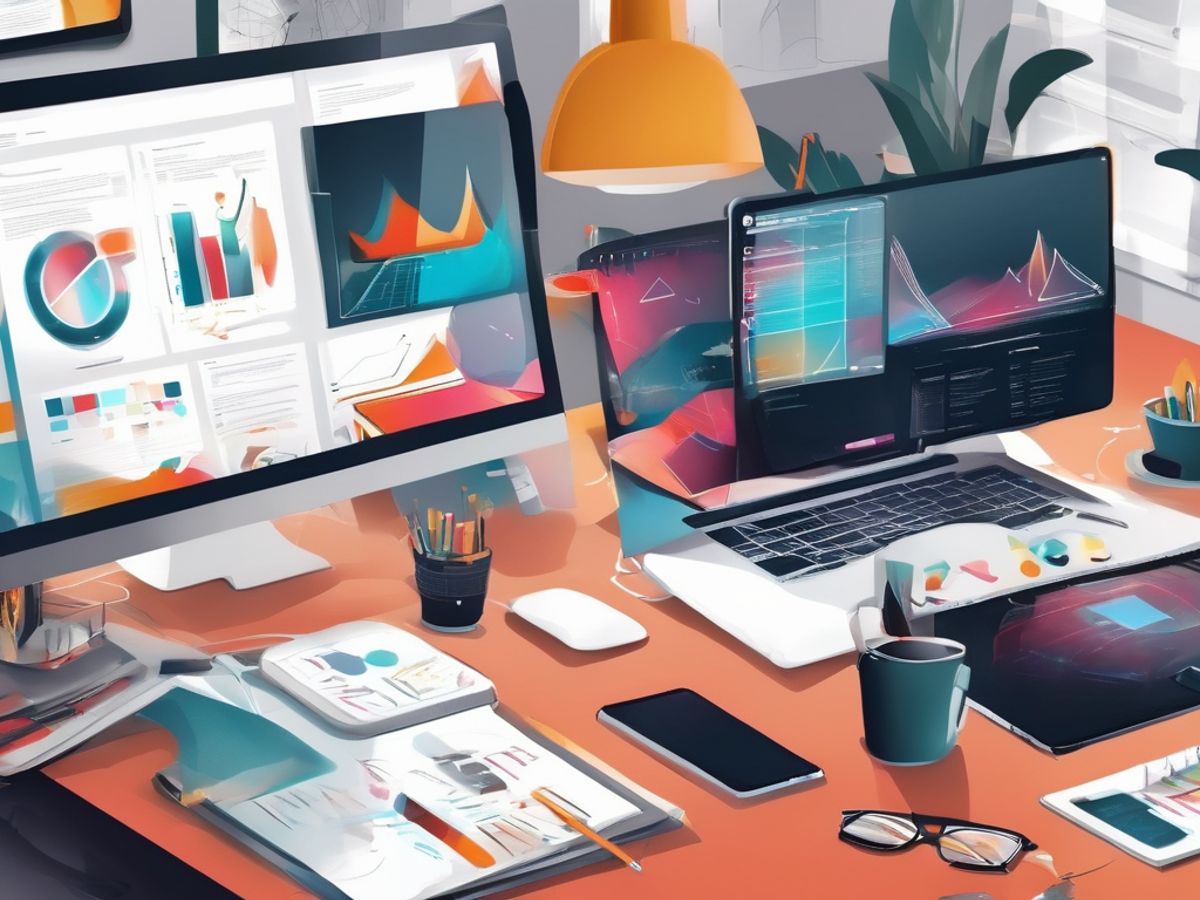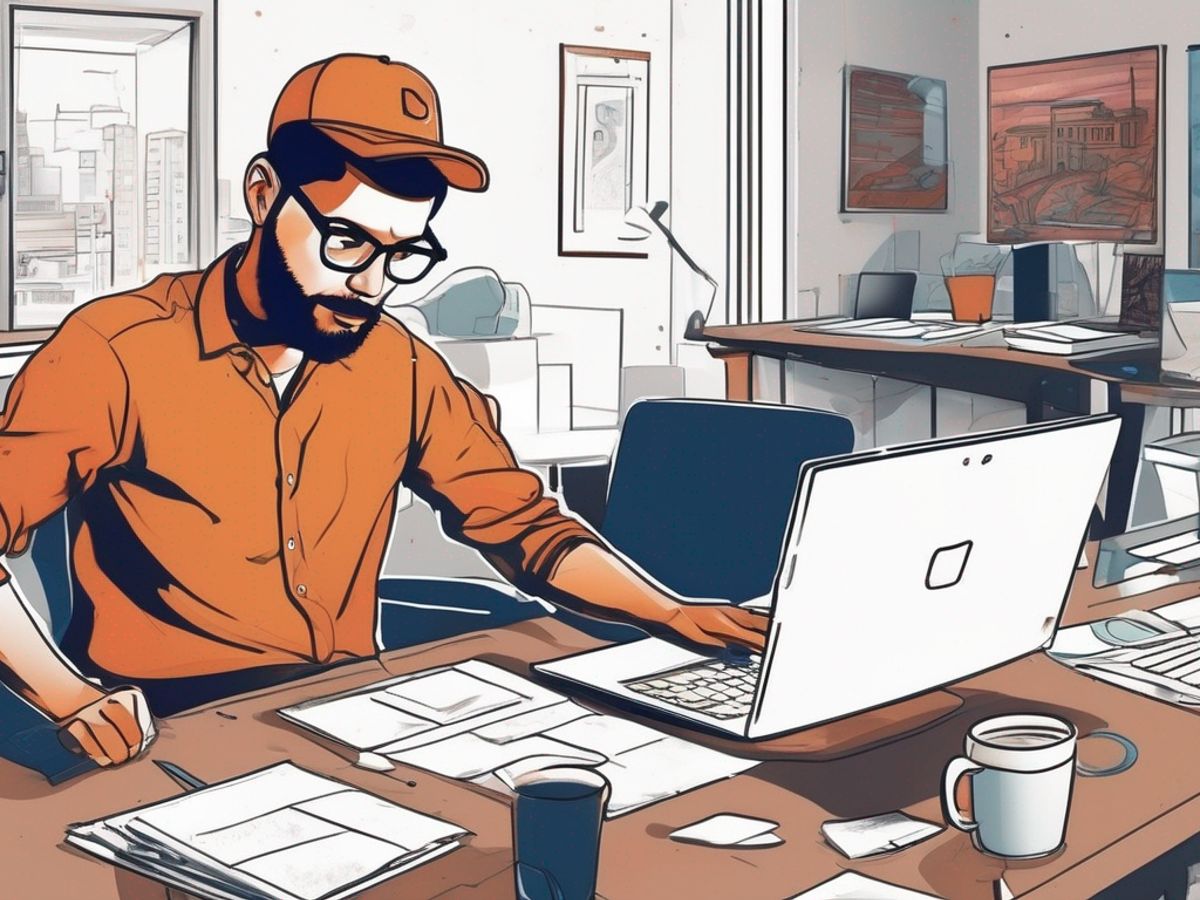Finding the right web designer in your vicinity can significantly impact the success of your website project. This guide provides a comprehensive approach to locating, assessing, and collaborating with a web designer near you to ensure your website meets your business needs and aesthetic preferences.
Key Takeaways
- Identify your specific website needs and set a clear budget before beginning your search for a web designer.
- Utilize online platforms, local networking events, and personal recommendations to find potential web designers in your area.
- Carefully evaluate each designer’s portfolio, focusing on their design style, technical skills, and client feedback.
- Seek a web designer with strong communication skills, creativity, and a thorough understanding of SEO and mobile optimization.
- Ensure the web designer understands your local market and offers ongoing support and accessibility.
Understanding the Basics of Hiring a Web Designer
When we begin the journey of hiring a web designer, it’s crucial to lay a solid foundation by understanding the core aspects that will guide our decision-making process.
Identifying Your Website Needs
Firstly, we need to clearly define what we expect from our website. Whether it’s boosting online sales, improving user engagement, or enhancing our brand’s digital presence, understanding these goals is the first step in finding the right designer.
Setting a Budget for Web Design
Budgeting is an essential part of the hiring process. It’s important to establish a financial plan that aligns with our expectations and the market rates. This will help us filter candidates and ensure that the project remains financially viable.
Timeline Considerations
Lastly, setting a realistic timeline is crucial. We must consider the complexity of our website needs and communicate these timelines to potential designers to ensure they can deliver within our expected timeframe.
Starting Your Search for a Web Designer Near Me
Utilizing Online Directories and Platforms
We start our search by exploring various online directories and platforms. Websites like Upwork, Freelancer, and LinkedIn are excellent places to find skilled web designers. These platforms allow us to review portfolios and read client feedback before making contact.
Asking for Recommendations
It’s also incredibly effective to ask for recommendations from friends, colleagues, or other business owners. This approach often leads to discovering trusted professionals who have already proven their capabilities in real-world projects.
Attending Local Networking Events
Finally, we consider attending local networking events and industry conferences. These gatherings are great opportunities to meet web designers face-to-face, allowing us to get a direct sense of their style and professionalism.
Evaluating Web Designer Portfolios
When we start evaluating web designer portfolios, it’s crucial to analyze the design style. This involves looking at the aesthetics, the consistency of design across various projects, and how well the style aligns with your brand’s identity. It’s not just about the visual appeal; it’s about the message the design conveys.
Assessing Technical Skills
In assessing technical skills, we delve into the technical aspects of the designs presented. We look for evidence of user research, thoughtful interaction design, and seamless navigation throughout their projects. This helps us gauge the designer’s ability to handle complex design requirements and deliver functional, user-friendly websites.
Reviewing Past Client Feedback
Lastly, reviewing past client feedback is indispensable. We consider both the positive and negative feedback to get a holistic view of the designer’s reliability and the quality of their work. This includes looking at client testimonials, online reviews, and possibly even reaching out to past clients to discuss their experiences firsthand.
Key Qualities to Look for in a Web Designer
Communication and Responsiveness
When selecting a web designer, communication and responsiveness are paramount. We need someone who not only understands our vision but can also provide timely updates and respond to our queries efficiently. This ensures a smooth workflow and helps in building a trusting relationship.
Creativity and Problem-Solving Skills
A web designer must exhibit creativity and the ability to solve problems innovatively. This involves more than just aesthetic design; it’s about creating a functional user experience that aligns with our goals. The ability to adapt and address challenges as they arise during the design process is crucial.
Understanding of SEO and Mobile Optimization
In today’s digital age, a comprehensive understanding of SEO and mobile optimization is essential for any web designer. This ensures that the website not only looks good but also performs well across all devices and ranks effectively in search engines. It’s important for us to find a designer who can integrate these technical skills into our project.
The Importance of Local Expertise in Web Design
When we consider hiring a web designer, the local expertise they bring can be invaluable. Local designers have a nuanced understanding of the market and can tailor your website to appeal directly to your regional audience. This insight is crucial for businesses aiming to establish a strong local presence.
Benefits of Face-to-Face Meetings
Opting for a local web designer facilitates easier and more effective communication through face-to-face meetings. This personal interaction ensures that your vision and feedback are understood clearly, leading to a more accurate reflection of your brand in the web design.
Local Market Understanding
A web designer familiar with your local market can significantly enhance your website’s relevance and engagement. They are aware of local trends, competitor activities, and customer preferences, which can be leveraged to optimize your website’s impact.
Accessibility and Support
Working with someone in close proximity allows for quicker responses and easier access when updates or issues arise. This ongoing support is essential for maintaining the health and effectiveness of your website post-launch.
Finalizing Your Choice of Web Designer
Conducting Interviews
When we’re ready to finalize our choice of a web designer, conducting thorough interviews is crucial. We should prepare a list of questions that cover everything from their design process to how they handle revisions and deadlines. Engage with the designers by asking questions about specific design choices and their approach to problem-solving.
Discussing Project Details and Expectations
It’s essential to discuss all project details and set clear expectations before starting the collaboration. This includes timelines, budget, scope of work, and any specific requirements we might have. A detailed discussion helps ensure that both parties are on the same page and can work together effectively.
Negotiating Contracts and Terms
Finally, negotiating contracts and terms is a key step in finalizing our choice. We need to ensure that the contract includes all necessary details such as payment terms, project deliverables, and timelines. It’s important to have a contract that protects both parties and clarifies all aspects of the project.
Maximizing the Collaboration with Your Web Designer
Setting Clear Communication Channels
To ensure a smooth collaboration, it’s crucial to establish clear communication channels from the start. Regular meetings and updates will keep both parties aligned on the project’s progress and any arising issues. Utilizing tools like Slack or Asana can facilitate this ongoing dialogue and help track responsibilities and deadlines.
Regular Updates and Feedback Loops
Feedback is a cornerstone of any successful project. We strive to set up effective feedback loops that allow for timely revisions and adjustments. This iterative process not only improves the final product but also ensures that our web designer is always in sync with our evolving needs and preferences.
Ensuring Post-Launch Support
After the launch of the website, ongoing support is essential to address any technical issues and to make necessary updates. We prioritize a web designer who offers comprehensive post-launch support, ensuring that our website remains functional and up-to-date. This commitment to long-term partnership is vital for maintaining the health and effectiveness of our online presence.
To truly maximize the collaboration with your web designer, it’s essential to communicate your vision clearly and effectively. At Marco Mundo, we ensure that your ideas are transformed into digital realities that resonate with your audience. Visit our website to learn more about our services and how we can help elevate your business. Let’s create something amazing together!
Conclusion
Finding the right web designer near you involves a combination of research, recommendations, and personal assessments. Start by leveraging your network for referrals or exploring online platforms to discover talented designers. Review their portfolios and consider their communication style, responsiveness, and professionalism. Remember, the ideal designer is not just about skill but also about how well they can execute your vision and work with you throughout the process. By taking the time to carefully select a web designer who aligns with your needs, you can ensure a successful outcome for your project.
Frequently Asked Questions
How do I start searching for a web designer near me?
Begin by asking for recommendations from your network, using online directories like Upwork or LinkedIn, and attending local networking events where you can meet web designers in person.
What should I look for when choosing a web designer?
Evaluate their portfolio for style and quality, check their technical skills, assess their communication skills, and ensure they understand SEO and mobile optimization.
How can I assess a web designer’s technical skills?
Review their past projects for complexity, check for responsiveness and optimization in their designs, and read client feedback regarding their technical proficiency.
What are the benefits of hiring a local web designer?
Local web designers offer the advantage of face-to-face meetings, better understanding of the local market, and more accessible ongoing support.
How do I finalize my choice of web designer?
Conduct thorough interviews, discuss project details and expectations clearly, and negotiate contracts and terms to ensure both parties are aligned.
What steps should I take to maximize collaboration with my web designer?
Establish clear communication channels, set regular updates and feedback loops, and ensure there is post-launch support for the website.



